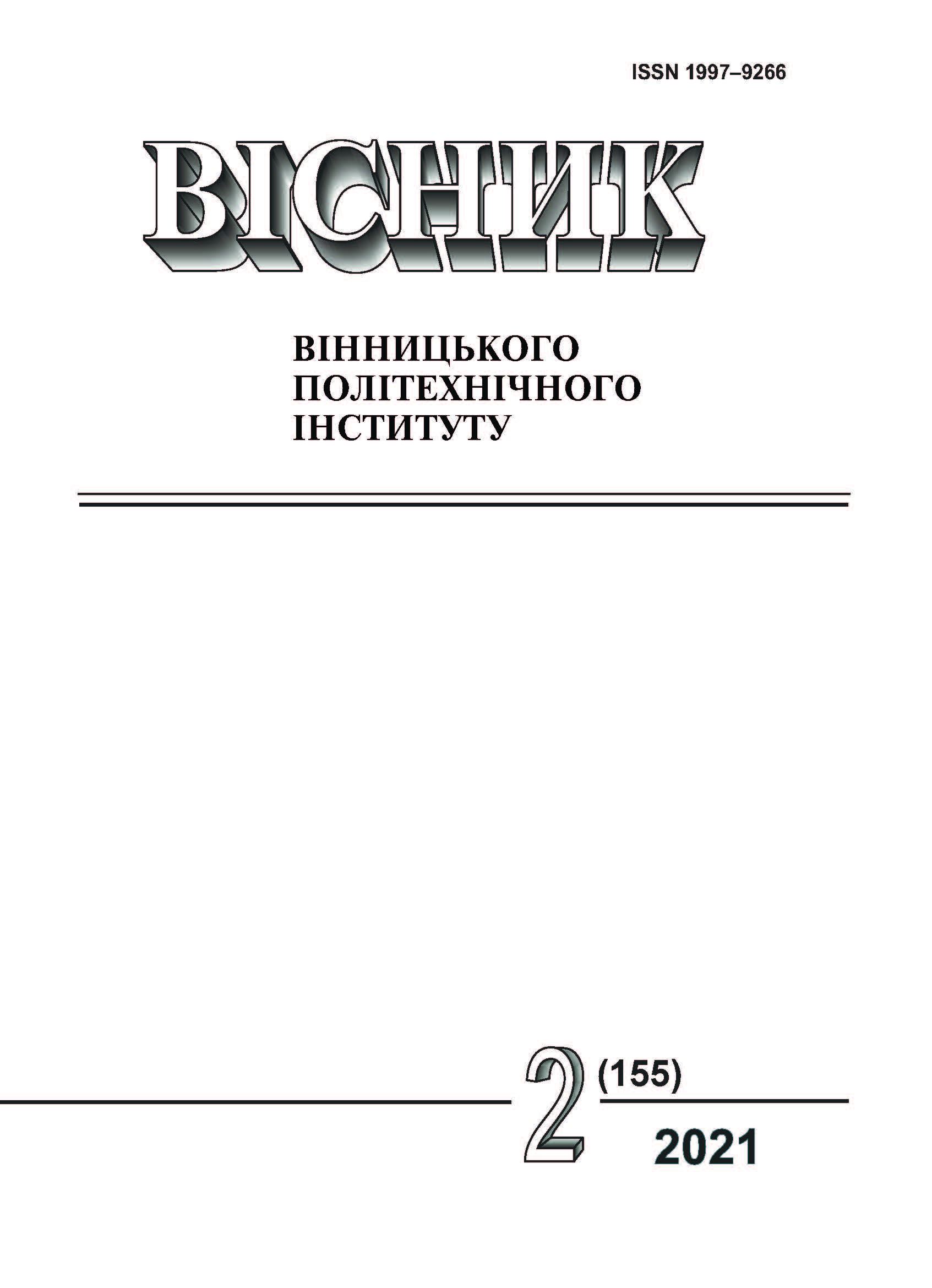Use of Removal Ash Burshtynskaya TPP in Technology of Autoclave Concrete Production
DOI:
https://doi.org/10.31649/1997-9266-2021-155-2-24-31Keywords:
autoclaved aerated concrete, use of removal ash, mineral additivesAbstract
This paper analyzes the trends in the production of autoclaved aerated concrete. Autoclaved aerated concrete is an effective structural and heat-insulating wall material. Its share in the wall materials of Ukraine is 53 % . Reducing the energy consumption of its production is primarily aimed at reducing the content of the clinker component in the mineral binder aerated concrete mixture. It is shown that in the conditions of growing ecological and energy requirements the production of cements with the increased content of mineral additives constantly grows. In the production of cement, additives of limestone, fly ash, blast furnace granulated slag are used. It is assumed that in the production of cement in 2050, the clinker content will average 70 %. The comparative experience of ash removal in European countries and Ukraine is given. There has been studied the effect of the addition of ash-removal in complex with quartz sand as a hybrid component of aerated concrete mixtures brand D400 and D300. The optimal amount of quartz component replacement with Burshtyn TPP removal ash has been established. The increase in the compressive and bending strength of autoclaved aerated concrete obtained using a hybrid siliceous component is explained by the formation of a mixture of low-basic calcium hydrosilicates and hydro-garnets during autoclave treatment.
References
Д. Г. Рудченко, «Газобетон автоклавного твердения с повышенным коэффициентом конструктивного качества,» сборник докладов НПК «Современный автоклавный газобетон». Краснодар, 2013, с. 85-93.
Р. Israel, P. Boos, T. Neumann, and F. Wanzura, “Production of CEM II/B cements with optimized properties,” Cement International, № 1, pp. 55-60, 2013.
S. Lindner, H.-M. Ludwig, H. Muller, and H.-J. Wachtler, “Production and properties of CEM II/B-M portland composite cements,” VDZ congress, 2002, pp. 37-41.
Friedrich W. Locher, “Cement – Principles of production and use,” Verlag Bau+Technic Gmbh, 2006, 536 p.
Й. Штарк, и В. Бернд, Долговечность бетона, пер. с нем. А. Тулаганова, П. Кривенко, Ред. Киев, Украина: Оранта, 2004, 301 с.
С. А. Галич, Перспективы использования золошлаков ТЭС в качестве микроудобрения для почв. Институт проблем машиностроения Национальной академии наук Украины, Харьков, Украина. [Электронный ресурс]. Режим доступа: http://waste.ua/cooperation/2007/theses/galich.html .
Классификация отходов ТЭС. [Электронный ресурс]. Режим доступа:
http://otherreferats.allbest.ru/manufacture/00093796_0.html .
Анализ технологий и методов утилизации твёрдых продуктов десульфуризации и частиц золы. [Электронный ресурс]. Режим доступа: http://www.ufpk.com.ua/files/p3/analiz.html .
А. В. Степанов, и В. П. Кухарь, Достижения энергетики и защита окружающей среды. Киев, Украина: Наукова думка, 2004, 207 с.
Звіт щодо проведення аналізу ситуації з золошлаковими відвалами на території Львівської та Івано-Фран ківської областей в рамках реалізації Проекту Програми Транскордонного Співробітництва Польща-Білорусь-Україна 2007, 2013, с. 4. [Електронний ресурс]. Режим доступу: http://www.institute.lviv.ua/doc/zvitzola2Final.pdf .
Госстрой СССР, Инструкция по изготовлению изделий из ячеистого бетона (СН 277-80). Москва: Стройиздат. 1981, 46 с.
Клиф Фадж, «Применение автоклавного газобетона в Великобритании, НПК Современный автоклавный газобетон, октябрь 2019, c. 78-83.
А. Г. Мальчик, и С. В. Литовкин, «Изучение золошлаковых отходов для использования в качестве вторичных ресурсов,» Международный журнал прикладных и фундаментальных исследований, № 9-1, с. 23-27, 2015.
T. S. Rushad et al., International Journal of Civil and Structural Engineering, 1(4), 2011.
І. Ф. Миронюк, Т. Р. Татарчук, Г. В. Васильєва, І. П. Яремій, і І. М. Микитин, «Морфологія, фазовий склад та радіологічні властивості золи Бурштинської теплової електростанції,» Фізика і хімія твердого тіла, т. 19, № , с. 171-178, 2018.
В. Р. Сердюк, і Майах Мізхер, «Безвипалювальні низькомарочні цементи на основі фосфогіпсу,» Вісник Вінницького політехнічного інституту, № 1, с. 36-38, 1994.
В. Р. Сердюк, М. С. Лемешев, і В. О. Христич, «Золоцементне в’яжуче для виготовлення ніздрюватих бетонів,» Сучасні технології, матеріали і конструкції в будівництві, наук.-техн. журнал ВНТУ. Вінниця, № 1(10), с. 57-61, 2011.
Downloads
-
PDF (Українська)
Downloads: 490
Published
How to Cite
Issue
Section
License

This work is licensed under a Creative Commons Attribution 4.0 International License.
Authors who publish with this journal agree to the following terms:
- Authors retain copyright and grant the journal right of first publication.
- Authors are able to enter into separate, additional contractual arrangements for the non-exclusive distribution of the journal's published version of the work (e.g., post it to an institutional repository or publish it in a book), with an acknowledgment of its initial publication in this journal.
- Authors are permitted and encouraged to post their work online (e.g., in institutional repositories or on their website) prior to and during the submission process, as it can lead to productive exchanges, as well as earlier and greater citation of published work (See The Effect of Open Access).





